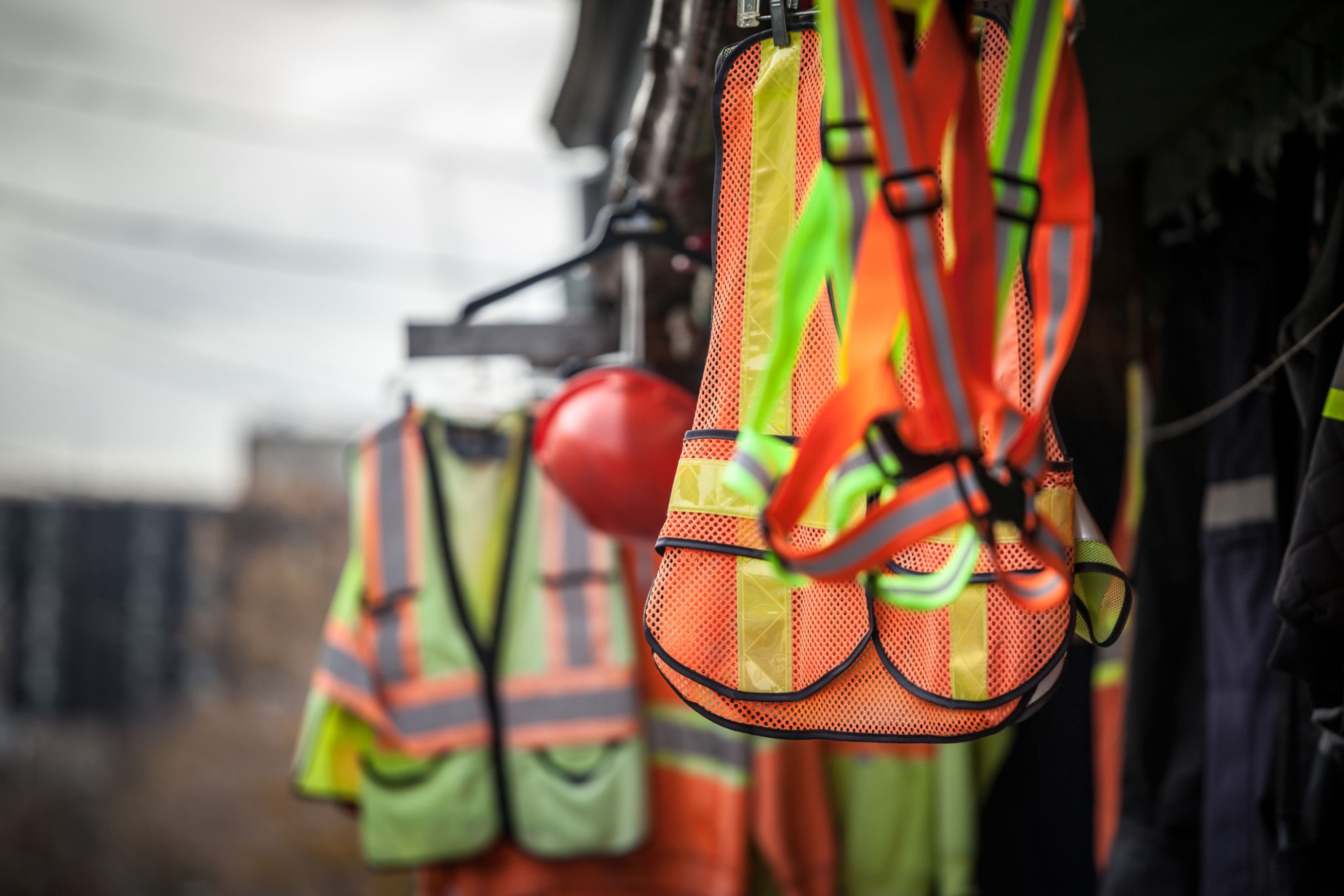A Step-by-Step Guide to Safe Building Demolition and Removal
Introduction to Building Demolition
Demolishing a building is not as simple as it might seem. It requires meticulous planning and execution to ensure safety and efficiency. Whether you're clearing a site for new construction or removing a hazardous structure, understanding the demolition process is crucial. This guide will walk you through the steps necessary to safely demolish and remove a building.

Pre-Demolition Planning
Conducting a Site Assessment
Before any demolition begins, a thorough site assessment is required. This step involves evaluating the building's structure, identifying potential hazards, and understanding the surroundings. It's essential to know if there are any asbestos or hazardous materials that need special handling.
Obtaining Necessary Permits
Acquiring the proper permits is a critical step in the demolition process. Permits ensure that all activities comply with local regulations and safety standards. In many regions, you'll need to submit detailed demolition plans for approval before proceeding.
Choosing the Right Demolition Method
Mechanical Demolition
Mechanical demolition involves using heavy machinery like excavators and wrecking balls to bring down a structure. This method is suitable for many types of buildings and is generally faster than other techniques. However, it can create significant noise and dust, which must be managed appropriately.

Deconstruction
Deconstruction is a more environmentally friendly approach, involving the careful dismantling of a building to salvage materials for reuse. While this method can be more time-consuming and labor-intensive, it significantly reduces waste and supports sustainability efforts.
Implementing Safety Measures
Personal Protective Equipment (PPE)
Ensuring the safety of workers is paramount during demolition. Appropriate personal protective equipment (PPE), such as helmets, gloves, and safety glasses, must be worn at all times. Regular safety briefings and training sessions are also essential to prevent accidents.

Site Control Measures
To maintain a safe environment, implement strict site control measures. This includes setting up barriers to prevent unauthorized entry, controlling dust with water sprays, and monitoring noise levels to minimize disruption to the surrounding area.
Waste Management and Cleanup
Sorting and Disposal
Once the building is demolished, sorting and disposing of debris is the next step. Separate materials that can be recycled or reused from those that need to be taken to a landfill. Proper waste management not only reduces environmental impact but can also lower disposal costs.
Site Restoration
The final stage involves restoring the site to make it ready for future use. This might include leveling the ground, planting new vegetation, or laying groundwork for new construction projects.
By following these steps, you can ensure that your building demolition project is conducted safely and efficiently. Whether you're tackling the job yourself or hiring professionals, understanding the process is key to achieving successful outcomes.
